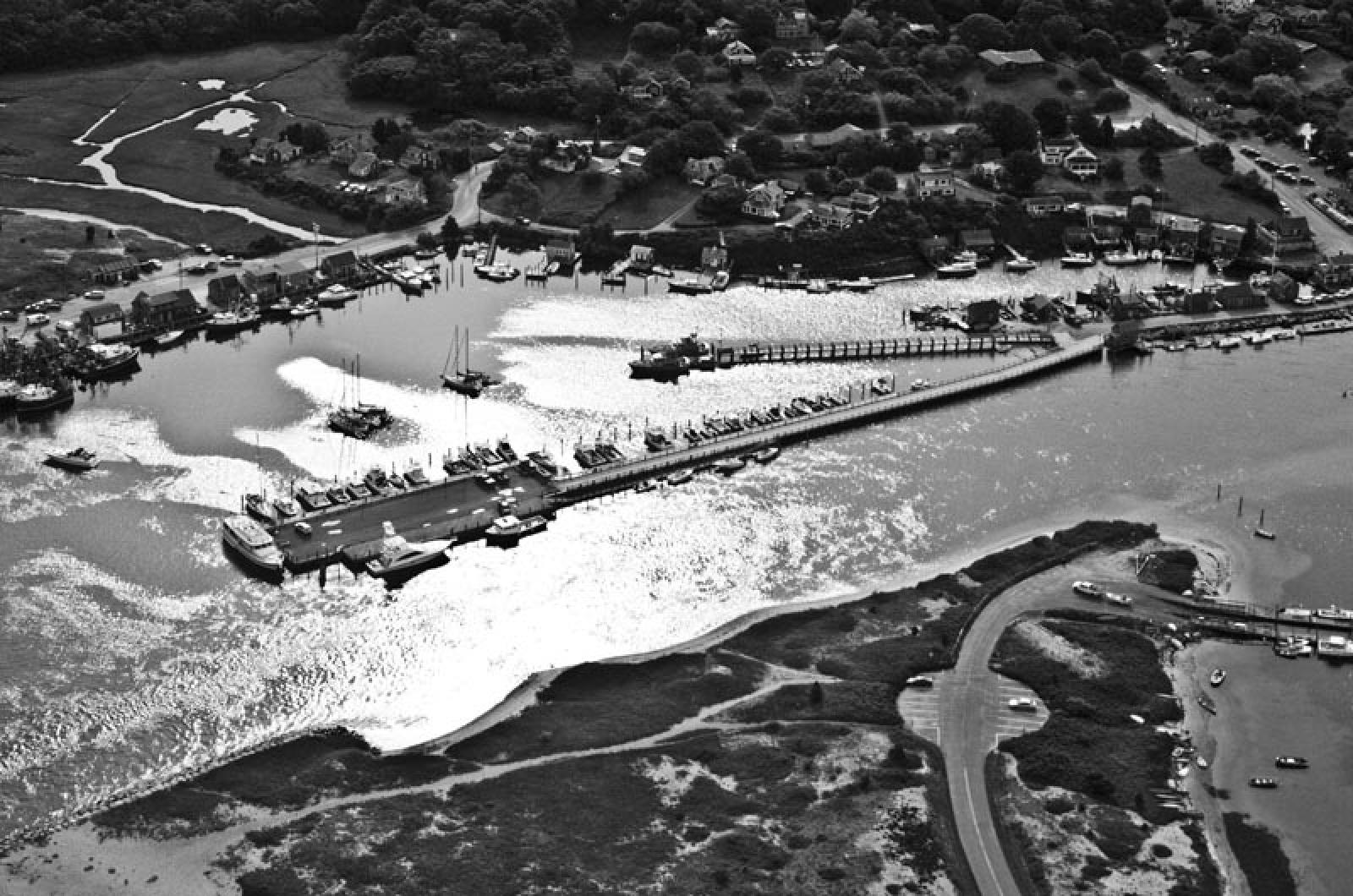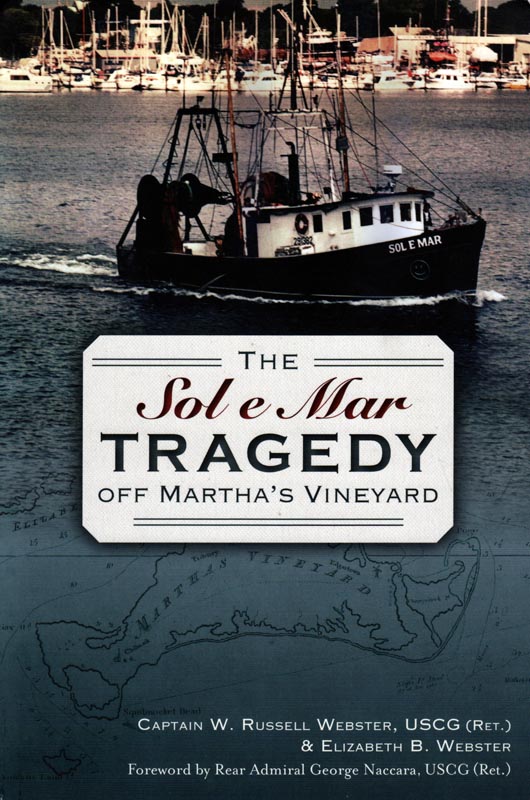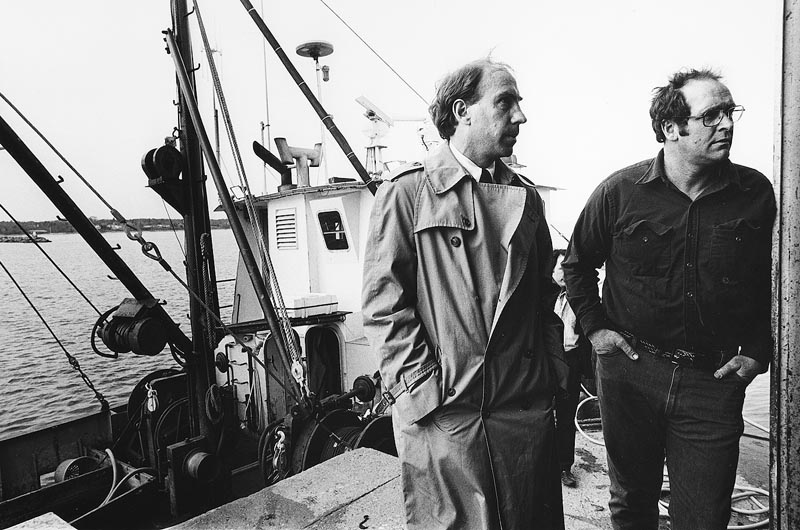The Sol e Mar Tragedy Off Martha’s Vineyard, by Captain W. Russell Webster, USCG (Ret.) and Elizabeth B. Webster, The History Press, Charleston, London. 128 pages, black and white photographs, $19.99.
The unexplained sinking of the fishing boat Sol e Mar sent large waves across the waterfront community. On March 22, 1990, Billy Hokanson and his father Hokey Hokanson set off from Fairhaven and headed toward Martha’s Vineyard. Three days later on the night of March 25 the boat sank without explanation. Billy sent out a distress call for help, but at nearly the same time a hoax distress call was issued from someone on Woods Hole. Because these calls came so close together, the Coast Guard thought they were both hoaxes and ignored them.
Hokey was 44 when he died; Billy was 19.
In the end this marine disaster led to a significant change in the way rescuers do business.
For their book The Sol e Mar Tragedy Off Martha’s Vineyard, authors Capt. W. Russell Webster and Elizabeth Webster conducted extensive interviews with the Hokanson family and friends, and members of the Coast Guard. Captain Russell was commander of Coast Guard Group Woods Hole from 1998 to 2001, and he knows the terrain of sea rescues well. In the book, the reader gets a broad view of the way things were done at the time of the accident and also a look at the way things are done today. As a result of the tragedy, the late Cong. Gerry Studds introduced an anti-hoax bill, which was formally passed in November 1990.
High atop Peaked Hill on the Vineyard, one of the Island’s highest elevations, a tall radio tower now stands, built as part of the response to the tragedy. This gives the Coast Guard ears it didn’t have back in 1990, and the ability to better know where a transmission is coming from.
“After 2000, distress calls made off Noman’s Island were no longer blocked by hills on Martha’s Vineyard,” the book states. “So if the circumstances of the Sol e Mar case were to happen today, the Coast Guard’s Rescue 21 technology could immediately indicate there were two calls, one from sea and one from land, and provide and record reasonably accurate searchable locations for both transmissions in most locations.”
The book both honors the Hokansons and tells the story of the government’s pursuit to punish those who call “fire” when there is no fire. While the frequency of hoax calls hasn’t diminished as one would hope, the legal tools to prosecute perpetrators has significantly improved.
Congressman Studds’s anti-hoax bill makes those who commit a hoax call crime liable for the costs associated with the Coast Guard search and rescue efforts, plus it makes it a class D felony.
The authors do not simplify the cause of the tragedy, either. Rather, the book spreads the causes out in a number of directions, which makes this story both a worthy read and a teaching tool.
As retired Rear Adm. George Naccara of the U.S. Coast Guard said regarding the book:
“We show the greatest respect for those who have been lost, especially for those who die unnecessarily, when we use the occasion of their deaths to prevent others from sharing their fates.”









Comments (2)
Comments
Comment policy »